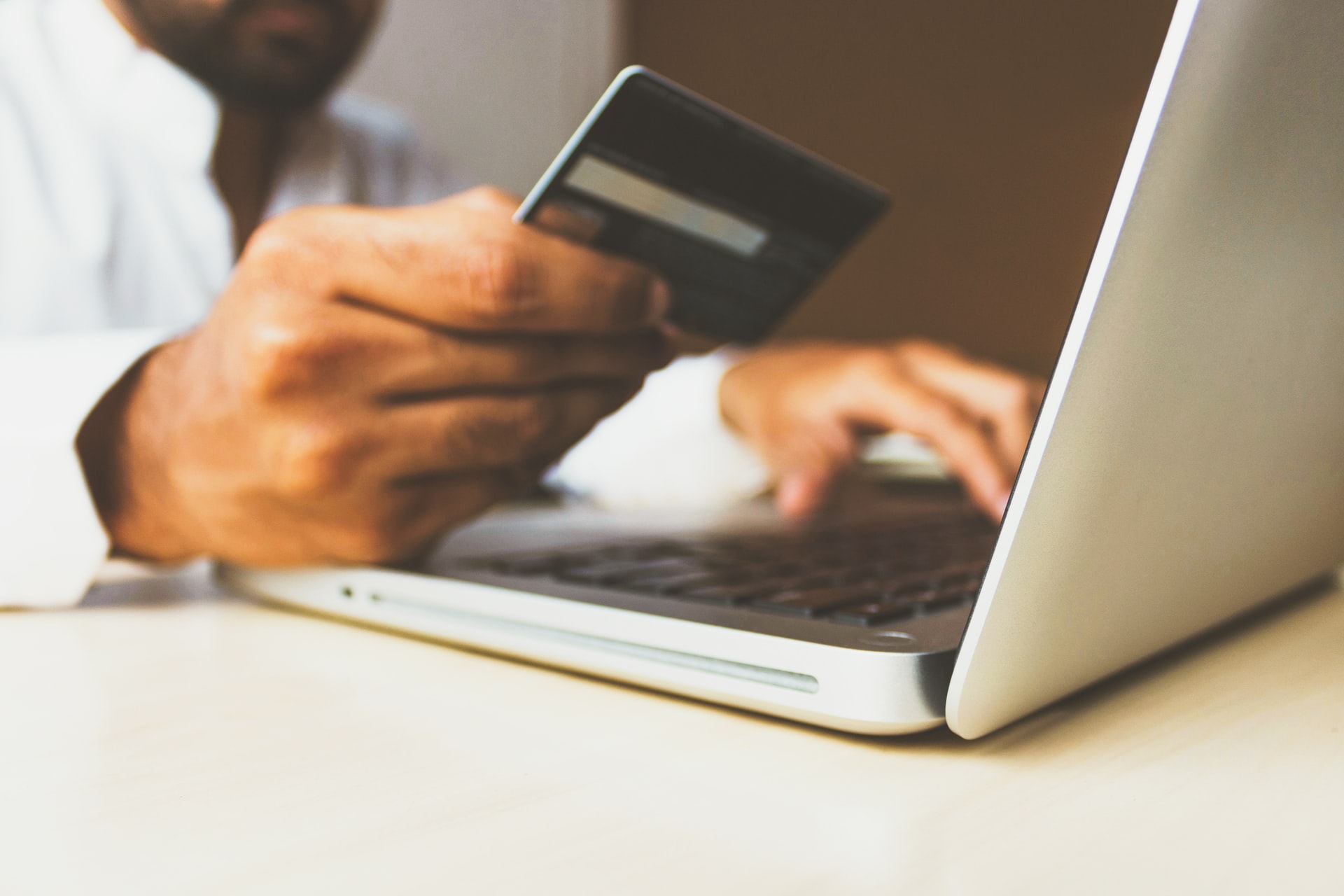The past few years have seen a monumental increase in cybercrime. Data from multiple cybersecurity companies and government agencies shows that millions of attacks are being launched every second of every day. In this environment, anything you touch on the internet could expose you to some kind of attack or malicious software.

Malware on The Internet- How It Affects Everyone
Let’s start the discussion by talking about malware- one of the oldest and most potent attack vectors. Malware is short for malicious software and it’s any kind of code whose intention is to attack your computer in some way. It can be a virus meant to steal your personal information or infiltrate your devices and start tracking you through sustained access.
Data shows that nearly a million new malware threats are released every day. This is an ominous figure and one that should worry anyone who uses the internet. More worryingly, it is clear from recent attacks that malware is getting better and smarter as new tools and vulnerabilities are discovered.
How Malware Gets into Your Devices
The internet is the number one source for malware although you can also get through traditional means like portable storage devices and over the network file sharing. Accessing the internet in this environment of increased malware has been likened to wading through a flooded minefield.
There are several ways you can be exposed to malware through normal internet activity. Here are some of them and how you can protect your devices:
1. Accessing unsecured websites
Most browsers will either warn you or prevent access to an unsecured website. However, those using old browsers are still vulnerable meaning they can get infected by just accessing a website without any form of protection or security. An unsecured website is one without an SSL certificate as this is the first sign of a website that is run by cybercriminals or individuals who don’t care about security.
How To Protect Your Devices From Unsecured Websites
Avoid accessing websites without SSL certificates especially if you get a warning from your browser. If you happen to inadvertently click on a link that leads you to an unsecured website, scan your devices for malware. Make sure you check anti-malware removal tool options during installation that allow scanning of websites for malware.
2. Malicious Links
Clicking on a malicious link on the internet, local file, or one sent to you on email could also expose you to malware. Hackers often disguise malware links as genuine ones through URL shorteners and other methods. Once you click on the link, malware will be downloaded in the background to your device.
How to Protect Your Devices from malicious links
Avoid clicking on links that you cannot read or tell where they will lead you. For instance, you should only click shortened URLs from trusted sources. Of course, you cannot avoid all links as they help you navigate the web so having an anti-malware tool installed on your pc and browser is important.
3. Infected Files from Illegal Sources
Hackers like using illegal file download and streaming services to spread malware. By downloading that illegal movie or streaming it for free, you are most likely allowing the hackers to install malware on your computer.
How to Protect Your Devices From infected files
Make sure you scan all files downloaded from the internet before you open them on your devices. Modern anti-malware can automatically scan a file on your local storage that was downloaded from the internet. This kind of proactive security is what you should look for in your security tools.
4. Phishing Scams
Phishing refers to when a cybercriminal sends emails to individuals pretending to be someone or creates a fake website to lure victims. Phishing attacks are on the rise with Google reportedly discovering over 20 million phishing websites last year at the peak of the pandemic.
How to Protect Yourself from phishing scams
Be aware of fraudsters and internet criminals that are out to swindle you or gain access to your devices. Double-check that the information provided on a website is real and genuine especially addresses and contact information. Beware of criminals pretending to be someone known to you sending you emails and report such emails to your IT admin if you are in a company setup.
Protecting yourself against malware and phishing websites requires you to be proactive about your security on the internet. Have the necessary security tools and be aware of the dangers that lurk on the web. Also, make sure that your software is updated frequently.